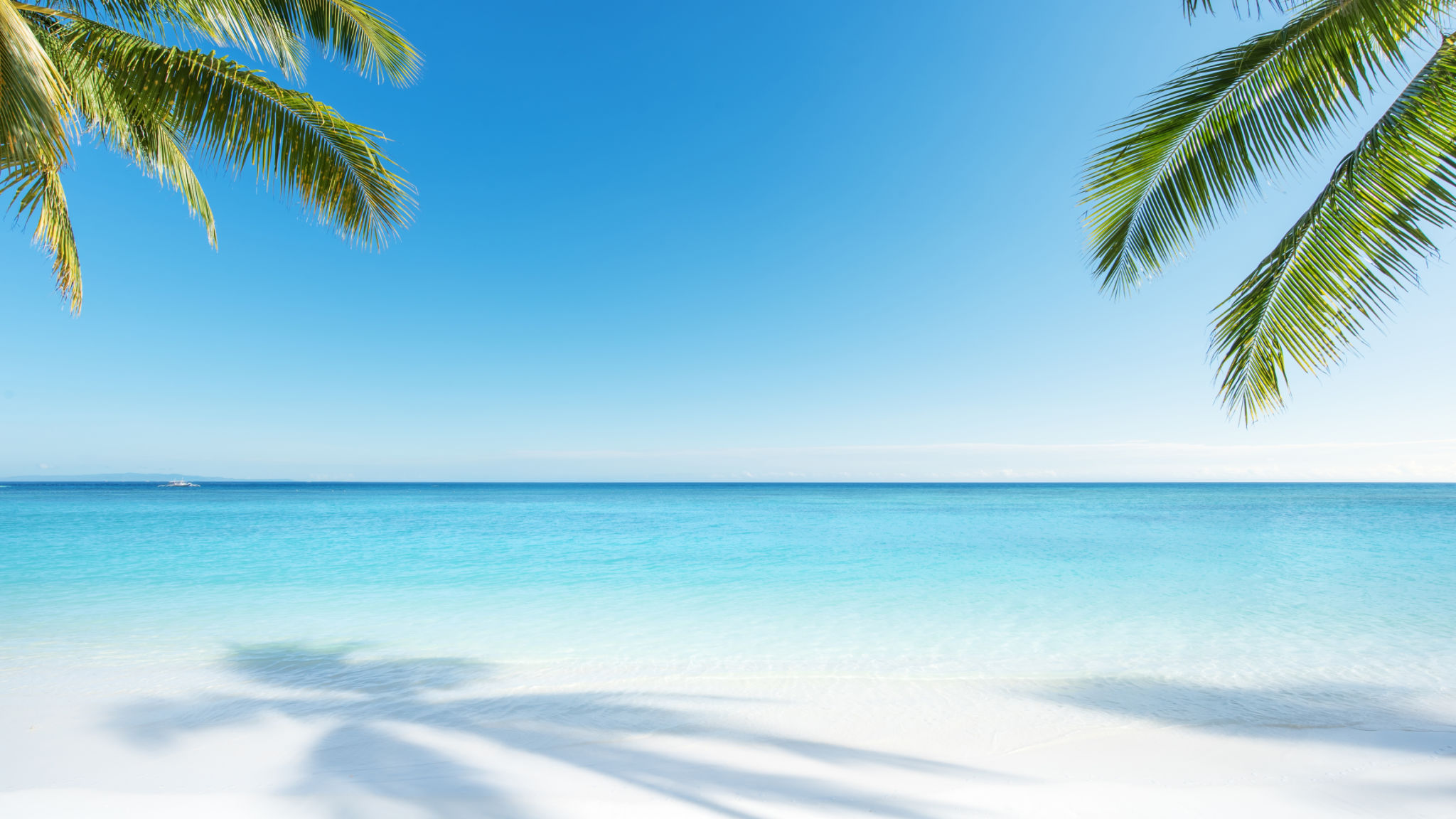Seasonal Architecture Trends in Côte d'Ivoire: How Climate Influences Building Design
AA
Understanding Côte d'Ivoire's Climate
Côte d'Ivoire, located on the West African coast, boasts a tropical climate with distinct wet and dry seasons. This climate significantly influences architectural practices in the region. During the wet season, which spans from April to October, heavy rains and high humidity levels are common. In contrast, the dry season from November to March sees reduced rainfall and more moderate temperatures.
The climate's variations require architects to design buildings that can withstand the elements and provide comfort throughout the year. As such, seasonal architecture trends in Côte d'Ivoire are not just about aesthetics but are deeply rooted in practicality and sustainability.

Adapting Design to Weather Conditions
In response to the heavy rains of the wet season, architects prioritize durable roofing materials and effective drainage systems. Sloped roofs are often integrated into designs to facilitate water runoff and prevent leaks. Moreover, the use of elevated foundations helps protect structures from potential flooding.
During the dry season, controlling indoor temperatures becomes a priority. Architects frequently incorporate features such as wide eaves and verandas, which provide shade and reduce direct sunlight exposure. This design choice helps maintain cooler indoor environments, reducing reliance on artificial cooling systems.

Materials Matter
The choice of building materials plays a crucial role in seasonal architectural trends. Locally sourced materials such as clay bricks and laterite stones are popular due to their natural insulating properties. These materials help regulate indoor temperatures and are also readily available, reducing transportation costs and environmental impact.
Additionally, the use of thermal mass materials can moderate temperature fluctuations, providing natural cooling during hot days and retaining heat during cooler nights. This approach not only enhances comfort but also contributes to energy efficiency.
Incorporating Natural Ventilation
Natural ventilation is a key component in Ivorian architecture, effectively managing the region's humidity and heat. Buildings are often designed with large windows and strategically placed openings to facilitate cross-ventilation. This allows fresh air to circulate freely, improving indoor air quality and reducing humidity levels.

Furthermore, louvered windows and ventilated facades are common features that help regulate airflow while maintaining privacy. These elements showcase how traditional architectural practices can be adapted to meet modern needs.
Sustainability and Modern Innovations
As environmental awareness grows, sustainable architecture is gaining traction in Côte d'Ivoire. Green roofs and solar panels are increasingly being integrated into building designs to harness renewable energy sources and promote eco-friendly living.
Rainwater harvesting systems are also becoming more prevalent, enabling buildings to capture and store rainwater for various uses during the dry season. These innovations not only support sustainable development but also offer practical solutions to seasonal challenges.

The Influence of Cultural Heritage
Cultural heritage plays a vital role in shaping architectural styles in Côte d'Ivoire. Traditional elements such as carved wooden doors, intricate facades, and vibrant colors are often incorporated into modern designs, reflecting the rich cultural tapestry of the region.
This blend of tradition and innovation results in unique architectural styles that stand out while respecting historical roots. It allows for a harmonious balance between preserving cultural identity and embracing contemporary trends.
